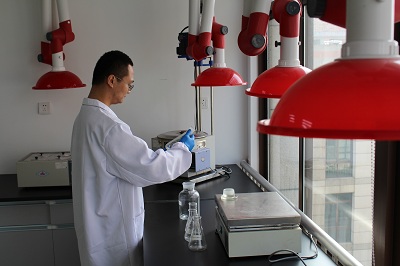
2016-11-11 Rongda test 1289 times

Detection Purpose: Check the resistance of valve material to intergranular corrosion
Detection range: Stop valve, safety valve, gate valve, ball valve, butterfly valve, etc.
The corrosion forms of valves can be divided into two categories: uniform (overall) corrosion and local corrosion. Uniform (overall) corrosion includes overall film-forming corrosion and non film corrosion. (1) overall film-forming corrosion: corrosion is carried out on all or most areas of the metal, and a protective film is formed, which is protective. For example, carbon steel corrodes rapidly in dilute sulfuric acid. When the sulfuric acid concentration is greater than 50%, the corrosion rate reaches the maximum value. After that, the concentration continues to increase and the corrosion rate decreases. This is due to the strong oxidizability of concentrated sulfuric acid, which forms a layer of passivation film with dense structure on the surface of steel. This passivation film is insoluble in concentrated sulfuric acid, thus hindering corrosion. (2) corrosion without film: full corrosion without film is very dangerous, because it maintains a certain speed for full corrosion. (3) local corrosion: there are 13 forms of local corrosion, such as crevice corrosion, delamination corrosion, intergranular corrosion and stress corrosion. According to the investigation, local corrosion accounts for about 70% in chemical plant. In many forms of local corrosion, intergranular corrosion is related to valve manufacturing.
Last article: NO!
Next article: NO!